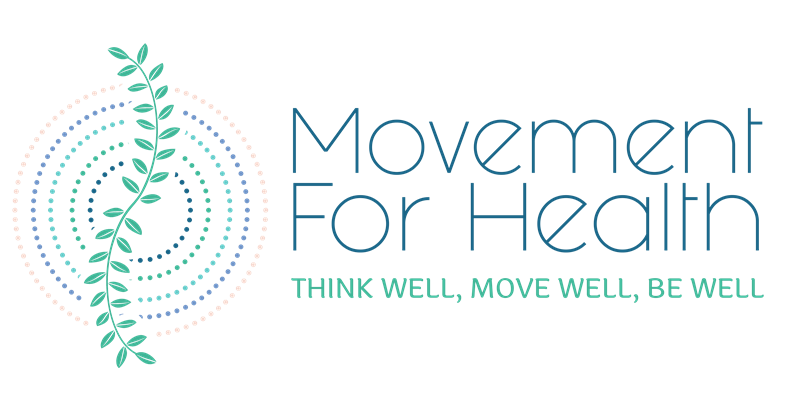Generally with shoulders there are mainly 2 things that can go wrong, frozen shoulder/adhesive capsulitis or sub acromial impingement/impingement syndrome. The shoulder itself is described as a complex as it has 3 joint components to it and they have each have to be working optimally in order for the shoulder to function as it should. The 3 joints are; the glenohumeral joint i.e. the main shoulder joint, the acromioclavicular joint at the front and the scapulothoracic joint at the back.
Frozen shoulder
Very often with shoulders they can ‘go wrong’ without really a clear reasoning as to how or why and in particular for frozen shoulder, the shoulder will go through its own process in order to heal and unfortunately can take anywhere between 1-3 years to do so. However as osteopaths we can very help in the management of symptoms and ensuring the surrounding structures such as your neck, thorax and ribs are still able to function well.
Sub acromial impingement
Impingement syndrome is the most common shoulder complaint and is very painful and debilitating. Around 1 in 5 people will suffer with this at some point. It can be classified as a syndrome as it can be difficult to distinguish which of the structures is causing the pain and in actual fact it may be more than one! With sub acromial impingement there is damage and inflammation to the structures passing through the sub acromial space, most commonly injured is the supraspinatus tendon and/or the bursa. People who are office workers, manual workers or people who do a lot of over-head activities are more prone to this issue.
What is causing my shoulder pain?
This can occur due to 2 main factors; either there is a weakness to the scapular muscles causing a narrowing to the space at the front of the shoulder. Or repetitive damage caused by poor posture i.e. shoulders dropping forward and chronic muscle fatigue, which leads to the head dropping forward, shoulders protracting and bi lateral contraction of the neck and shoulder muscles to help keep you upright.
The typical presentation with some sort of impingement syndrome is pain that presents over the top and front of the shoulder, this can happen suddenly or with a gradual onset. The pain can be made worse by over-head activities and lifting the arm away from the body. It may also be made worse by lying on that shoulder and reaching behind your back.
Treatment and management of shoulder impingement
· ICE; little and often as this will have to reduce any bursitis and reduce any inflammation, it is difficult to rest your shoulder and the potential to aggravate it can happen with each arm movement
· Address your work station, ensure if you are working at a desk that it is set up appropriately for you
· Strengthening exercises to activate your posterior muscles such as your rhomboids and latissimus dorsi in order to bring your shoulders back.
· Osteopathy can help both acute and chronic shoulder complaints particularly with the surrounding soft tissue but also the neck, thorax and ribs.
Your Osteopath can help you with the above and provide you with effective treatment should your case be appropriate. In order for you to reach your potential your Osteopath will take a thorough case history, carry out an in depth examination which includes an Osteopathic, Orthopedic and Neurological assessment. You will then receive our best recommended treatment plan and advice in your Report of Findings, followed by treatment.
At Movement for Health we want to optimise your body and its function to keep you moving at your best.
Get in touch with us today to find out more on how we can help you keep your world moving!

